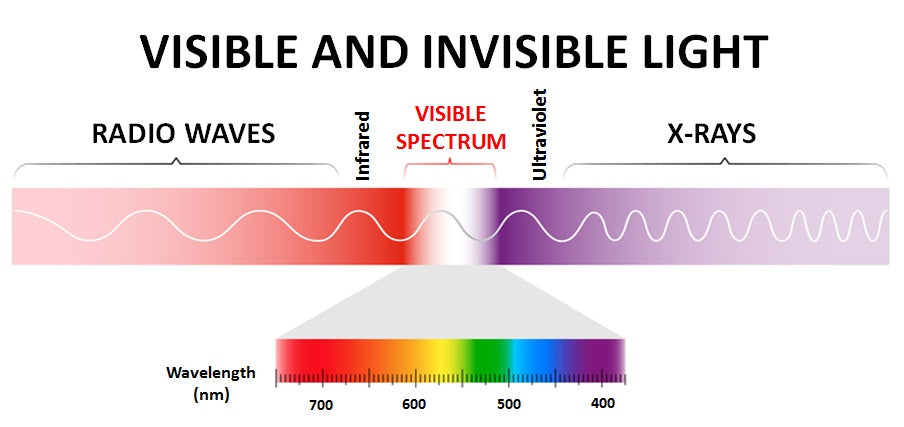What Are The Best Aviator Sunglasses For Pilots?
I have been flying airplanes for most of my life and during that time I have purchased a lot of aviator sunglasses. Fortunately, there are a lot of good choices out there to choose from. Below is a list of the very best aviator sunglasses I wear:
It is unfortunate but sometimes pilots choose sunglasses based on how they look without considering what really matters. There are more important things to consider than how they look on you.
What Really Matters!
One of the mistakes is that everyone thinks the darker the lens the better the UV protection. Wrong! How dark or how light the lens tint is has nothing to do with how much UV protection the sunglasses will have. The only thing the lens tint does is limit the amount of visible light that can pass through the lens and reach your eyes. This is known as
Visible Light Transmittance. So why
is visible light transmittance important? Visible light transmittance is the amount of light that passes through a lens and reaches your eyes; however, some of that light becomes polarized before it reaches you. This is why the first thing you need to consider is the polarization of the sunglasses. In other words, should you choose polarized or non-polarized aviator sunglasses?
Why Are Sunglasses Polarized?
In order to answer this question you need to what light is, and the only light we are concerned with is visible light. The primary source of visible light is the sun and the main properties of visible light are intensity, propagation direction, frequency (wavelength) and polarization. As sunlight passes through the atmosphere it becomes diffused causing the sky to look blue. As visible light strikes the surface of the earth some is reflected at angle when it strikes the surface of metal, water, snow, glass and asphalt. Light reflected off of those surfaces becomes completely polarized parallel to the surface at a particular angle of reflection known as
Brewster's angle. For example the angle for is 53 degrees and for glass it is 56 degrees. Polarized sunglasses will eliminate light reflected from those surfaces. This is not good for pilots, however!
Metal Aircraft
We know that aircraft fuselages made out of aluminum reflect light at similar angles to those reflected by water, snow, glass and asphalt! So if a pilot is wearing polarized sunglasses that eliminate light reflected at those angles other aircraft become more difficult to see! For an Air Force or Navy pilot that could prove disastrous! So the U.S. Department of Defense only issues non-polarized aviator sunglasses to military pilots.
Glass Cockpit Displays
Today modern aircraft cockpits display data on liquid crystal screens (LCDs). Light emitted by these displays is polarized at angles similar to the angle of light reflecting off water. This means that it can be difficult to read the aircraft instruments when you are wearing polarized aviator sunglasses. If you are a pilot then your first concern when selecting a pair of aviator sunglasses should be the polarization. Non-polarized aviator sunglasses for pilots are the best choice - period!
Introducing Mil-S-2594J
In 1984 the U.S. Department of Defense issued
Military Specification 2594J which detailed the requirements for all sunglasses for use by all Departments and Agencies of the Department of Defense. Sunglasses designated as HGU-4/P are standard issue to all U.S. military pilots. Among the things the Department of Defense considered important were lens polarization, uv protection and visual acuity. To achieve the best visual acuity requires all lenses to be ground with no distortion in the lens. In other words, the lenses must be distortion free all the way from the center to the edges of the lenses. But the Department of Defense was not the only government agency concerned about the best aviator sunglasses for pilots!
Federal Aviation Administration "Sunglasses for Pilots: Beyond the Image"
The FAA has issued a pilot safety brochure entitled "
Sunglasses for Pilots: Beyond the Image" that discusses protecting a pilot's most important sensory asset - their eyes. In this safety brochure the FAA researchers discuss selecting the right lens material, radiation (UV radiation), glare and frames that make the best aviator sunglasses for pilots. The first issue they deal with is
ultraviolet radiation. This is important because pilots spend a great deal of their life at high altitudes where the atmosphere is thinner and the ultraviolet radiation is stronger. Research has shown that prolonged exposure of your eyes to ultraviolet radiation can lead to a number of diseases like macular degeneration, cataracts and more. Now you know how to pick the best aviator sunglasses for pilots.
Where do you find the best aviator sunglasses for pilots?
 p.s. Please share "The Best Aviator Sunglasses For Pilots" with your friends.
p.s. Please share "The Best Aviator Sunglasses For Pilots" with your friends. p.s. Please share "The Best Aviator Sunglasses For Pilots" with your friends.
p.s. Please share "The Best Aviator Sunglasses For Pilots" with your friends.



Leave a comment
This site is protected by hCaptcha and the hCaptcha Privacy Policy and Terms of Service apply.